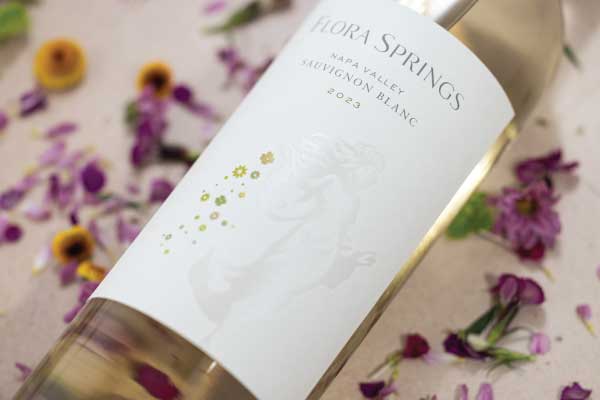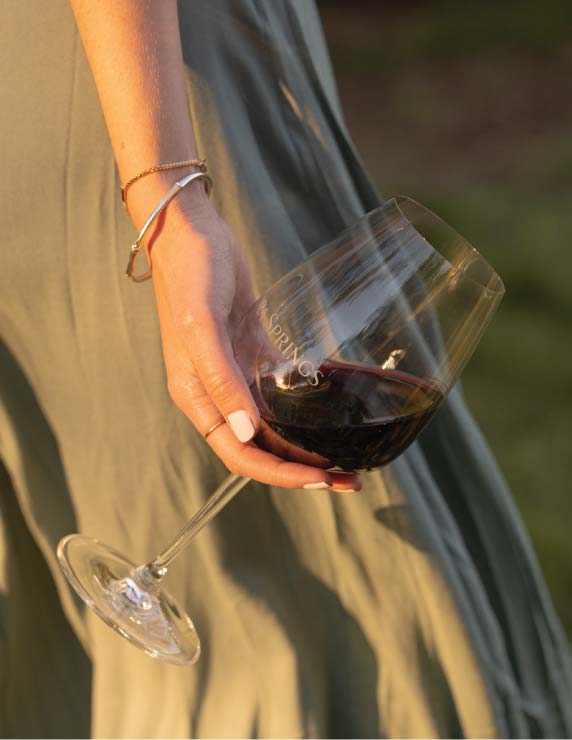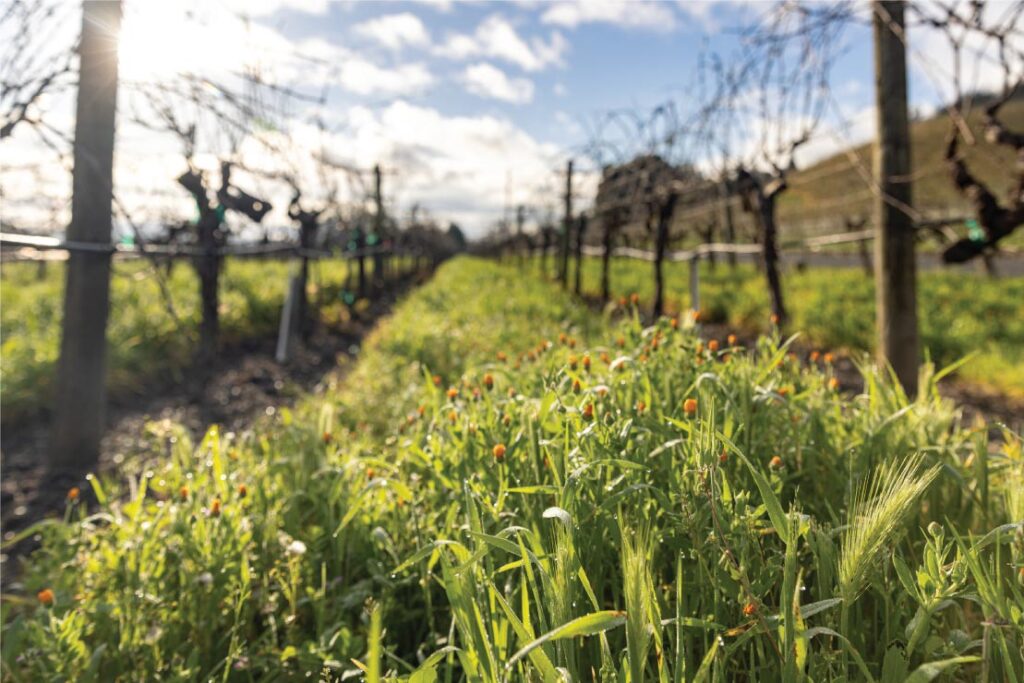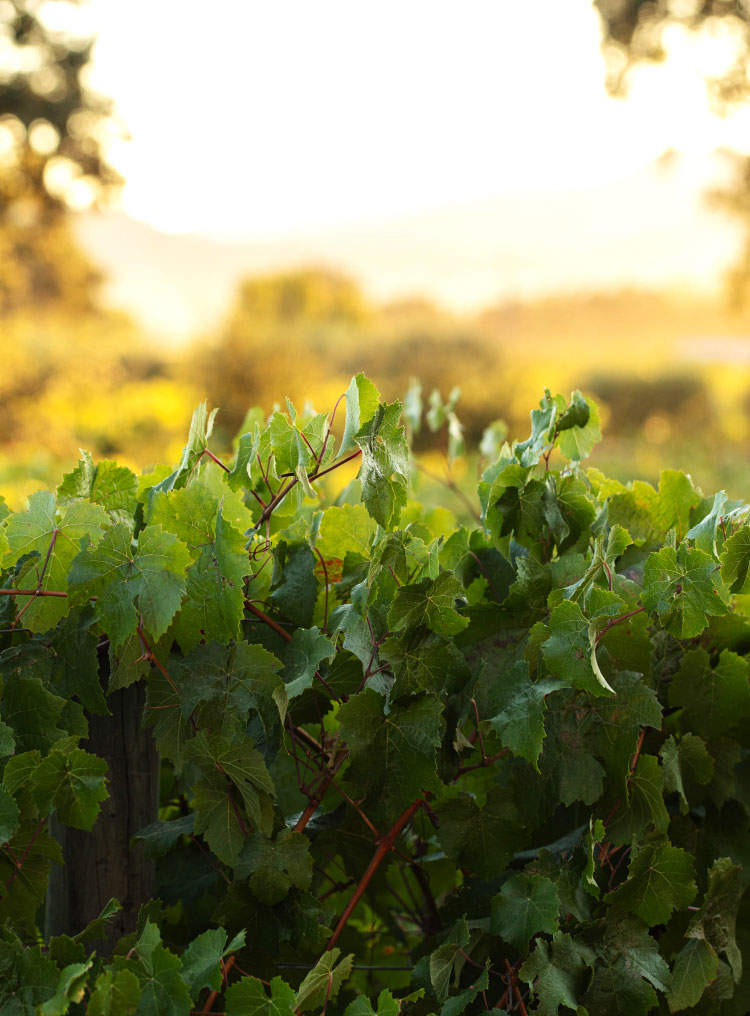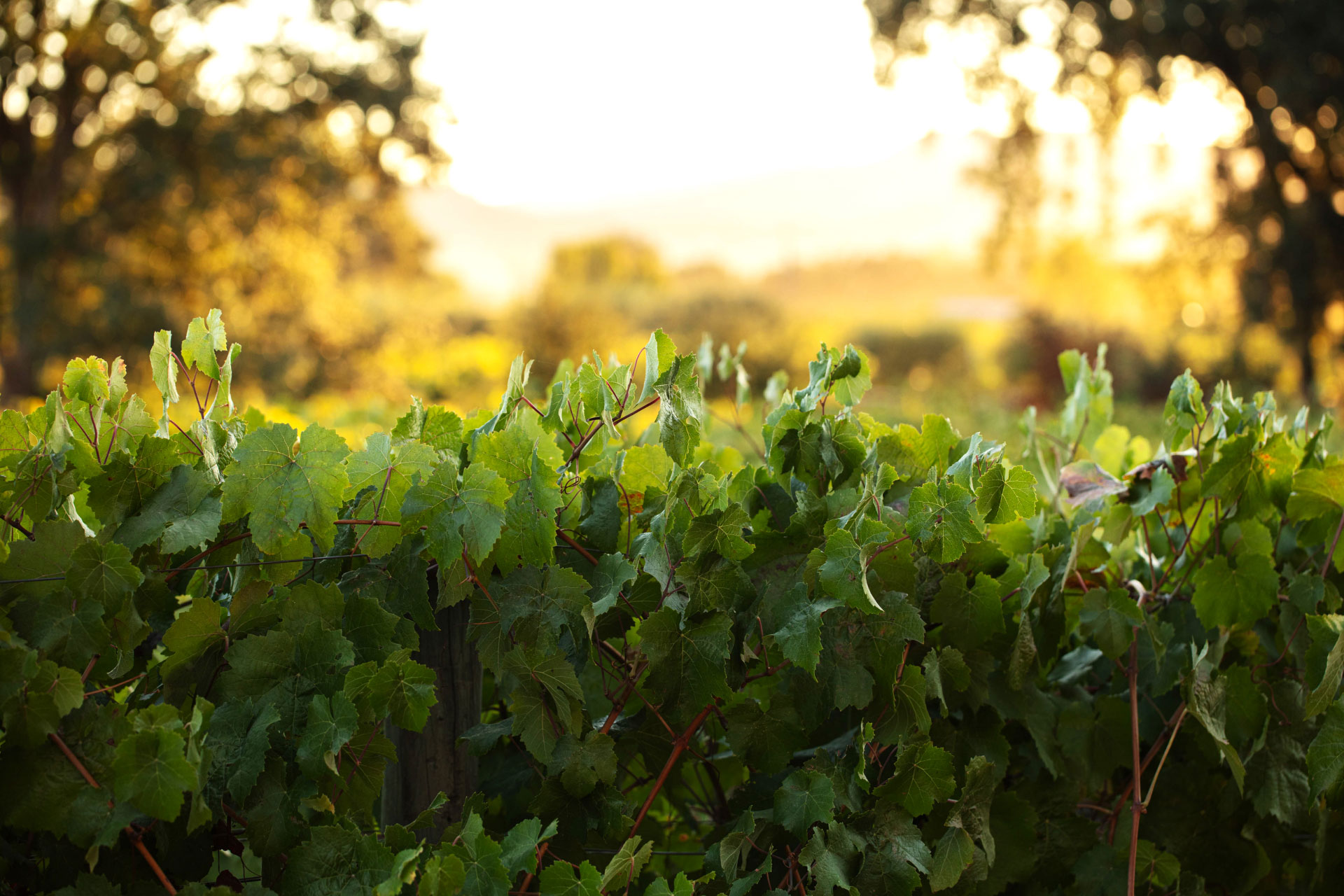What does Mustard Season Mean for Napa Valley?
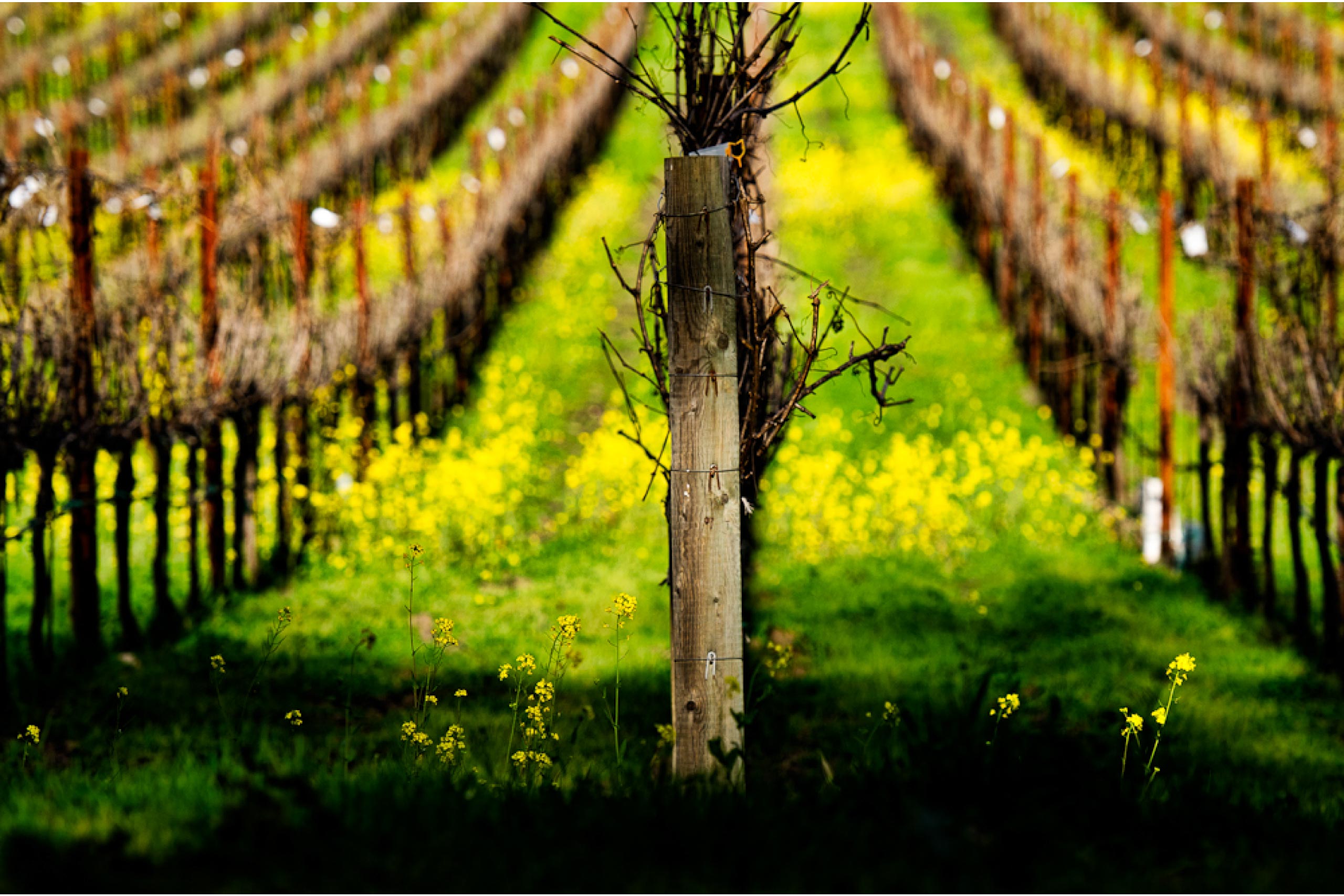
As a general rule, the mustard season in Napa Valley lasts from January through March (depending on the weather) and peak viewing is mid-February. The first yellow flowers usually come in 90 days after the last of the fall rain. Vibrant colors and bright flavors fill the Valley. But – there is a lot more to mustard than meets the eye. Mustard growth is a natural deterrent to nematode population (microscopic worms that can cause damage to the vines) because it contains high levels of biofumigants.
Mustard is a useful cover crop that is either planted or sprouts voluntarily in vineyards, it prevents against soil erosion, and recharges the soil with nitrogen. It also loosens up soil that has become compacted by growing deep vine roots 1-3 feet below the surface. The deep roots of the vines help the mustard reap the benefits of nutrients of a greater depth.
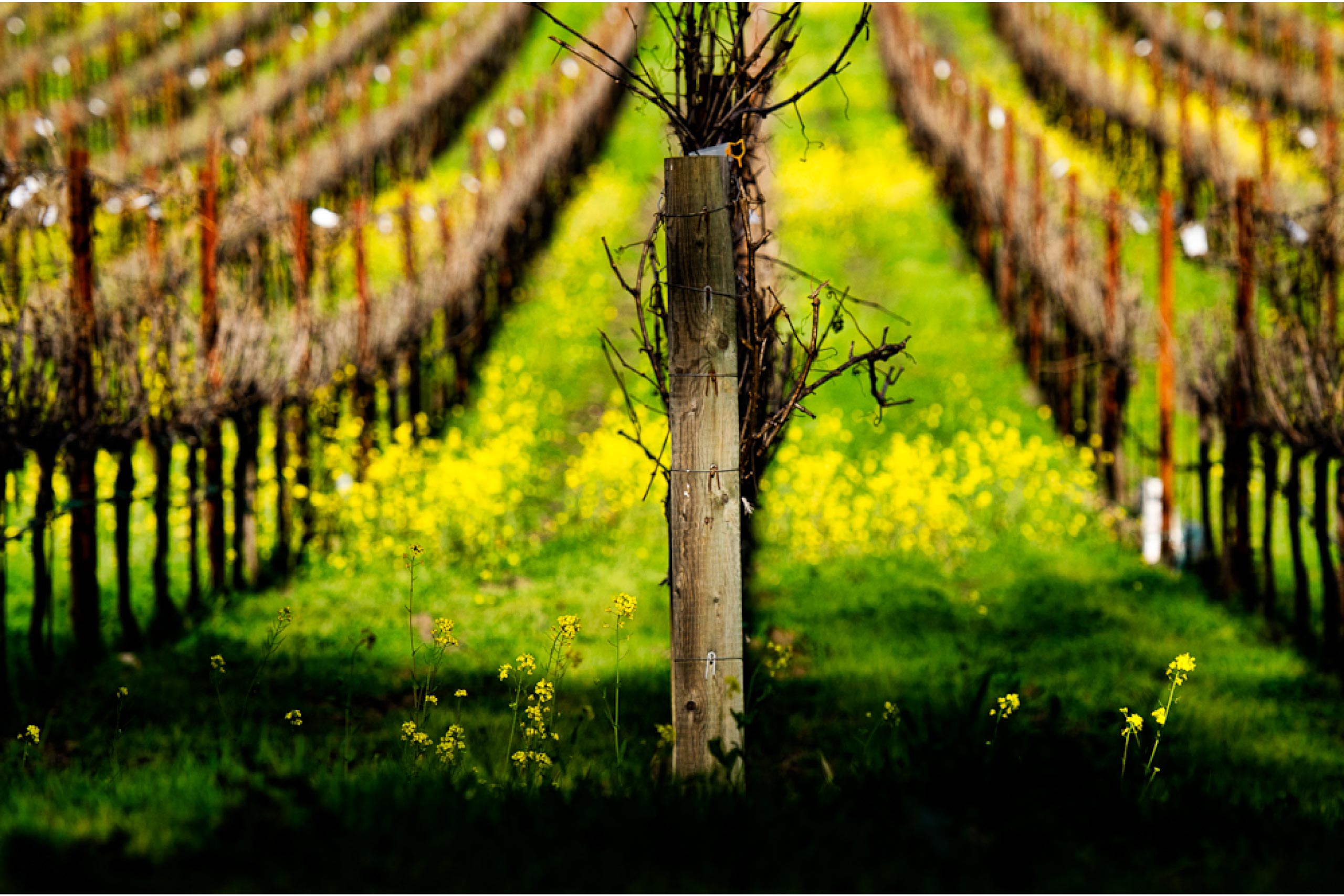
What’s wonderful about mustard season? It’s almost like Spring begins early in Napa Valley, the perfect time to get out in the mild weather, and enjoy the relative “quiet” before the summer season of Wine Tasting kicks in. The end of the Mustard Season is signaled by bud-break, usually at the beginning of March – which signals the start of the new growing season. Visit Napa Valley expertly rounds up the happenings in the area for the Mustard Season.
What is Mustard Used for?
Believed to have originated in Ancient Egypt, the Greeks used Mustard as a medicine and a spice. Adopted later by the Romans Mustard seeds are commonly used as spices. The seeds can be ground down and mixed with water or Vinegar and Turmeric to make the popular condiment ‘prepared mustard’. The seeds can also be pressed to make mustard oil, and the leaves are also edible.
Our Vineyards
Flora Springs produces varietal wines ranging from Sauvignon Blanc and Chardonnay to Merlot, Cabernet Sauvignon and other red Bordeaux varietals. Each year the family selects a small percentage of the yield for their own wines, selling the remaining fruit to neighboring Napa Valley wineries. This selection puts the focus on quality, not quantity, resulting in hand-crafted wines that meet the family’s exacting standards. Read more about our vineyards here.
Back to News